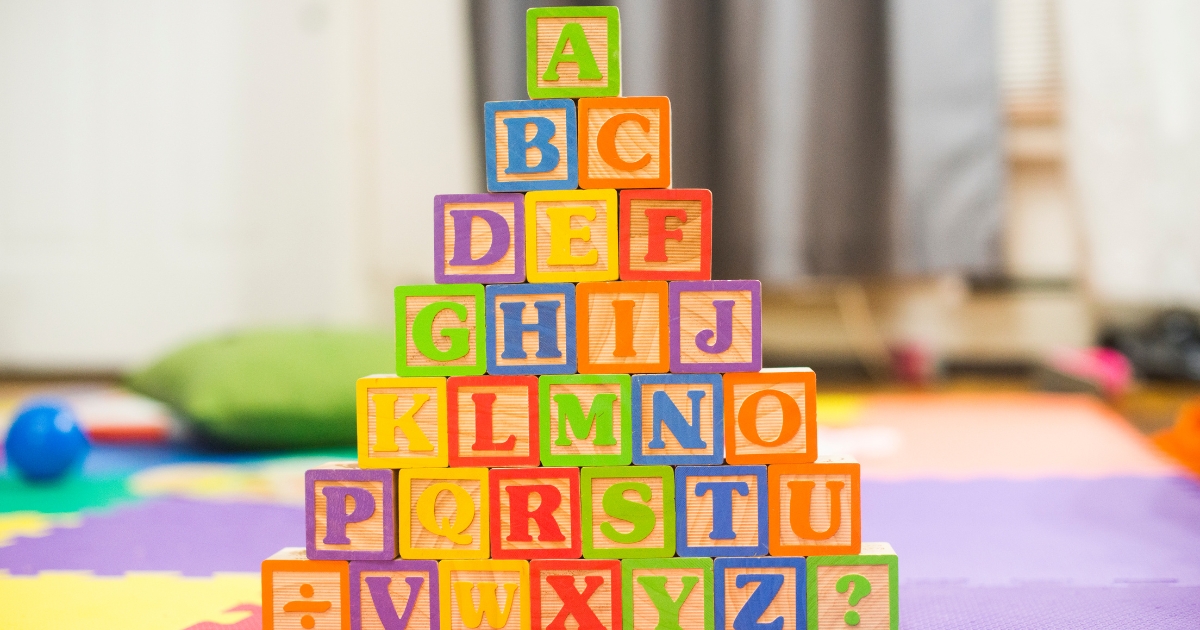Picking the best kindergarten books for kids is more than just choosing colorful pages or fun stories. It’s about laying the groundwork for literacy and fostering a love for learning that will last a lifetime. For homeschooling parents, quality book choices can enrich your curriculum while filling your days with shared exploration and discovery. Every […]











